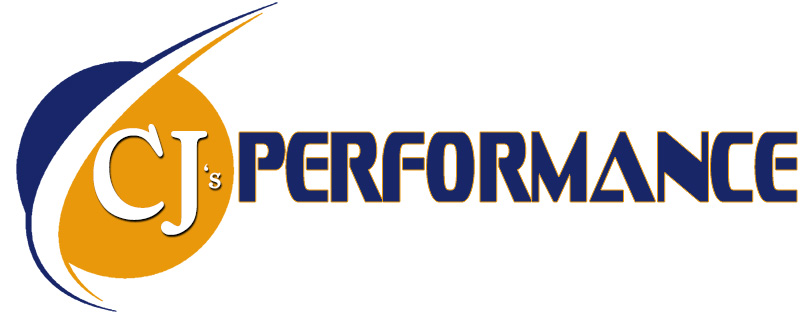31 Jan Causes of Common Signal Problems
Below are some of the most common causes of failing signal that the DISH Quality team has identified. Ensuring that the standards below are upheld, each customer can receive a best-in-class experience.
Quality Parts
The physical components of an installation build the path for proper signal distribution for a customer. If the components used are not of sufficient quality or installed properly, it could have a negative effect on signal and the quility of the service you’re providing to a customer. In order to ensure proper signal distribution, there are standards for both the quality of the device used as well as how to install it.
- Any component used in an installation must be approved and listed on the compatible parts lists. This includes any existing equipment that may have been used previously on an installation.
- Unapproved items should not be used as they have not been verified as a reliable component for our installation standards. If a technician finds an unapproved component on an installation, they should replace that component with an approved part.
- While the use of unapproved items might not show immediate problems on-site, there is a higher likelihood of the part failing and leading the customer to schedule a repair appointment.
- Components need to be installed correctly in order to provide the best signal to the customer. Cable and connectors are most frequently found to not be installed correctly; standards for cables and connectors can be found on Portal.
- Cables and connectors can get worn down over time, becoming susceptible to signal failure. If a component looks worn out, or the cable has any hard bends between the dish and receiver, these components should be replaced.
Signal at the Antenna (dish)
When installing a dish, technicians should provide customers with the highest possible IRD across all orbitals.
- Maximizing signal on some, but not all, orbitals can almost guarantee a customer calling in for a repair.
- Recently, DISH’s QA department has identified a number of instances where at least one orbital is not peaked, falling below minimum thresholds.
- Technicians should run a limit scan on the SBSM on all appointments to verify that all orbitals are passing minimum thresholds. For transponders barely passing the minimum, technicians should adjust the antenna to maximize the average signal across all transponders for an orbital.
Signal at the Receiver
Signal at the antenna is important since it provides signal to the receiver, allowing the customer to watch all of their favorite programming.
- The majority of signal fails happen at the receiver location, not at the antenna; this is why high frequency cable and components need to be used throughout the entire system.
- Signal should be verified at the receiver location, including the components behind the wall plate
By taking the time to verify that all components are approved, in good condition, installed correctly, and signal at the antenna and receiver are adequate, we can improve the customer experience through improved signal pass performance.


